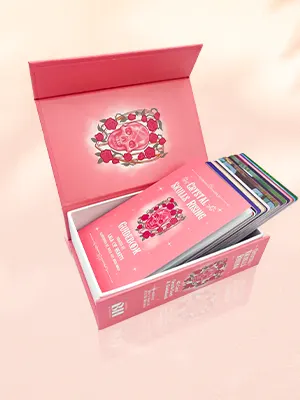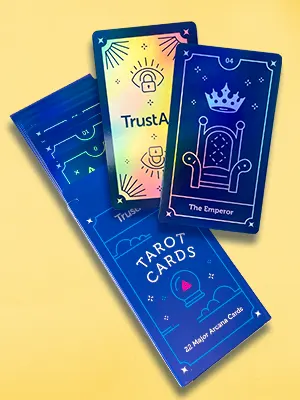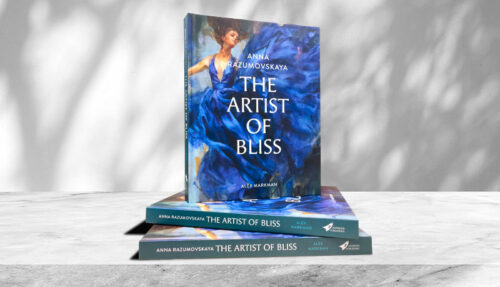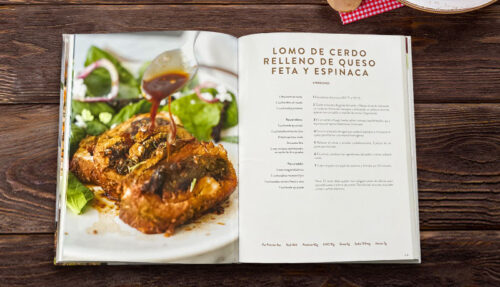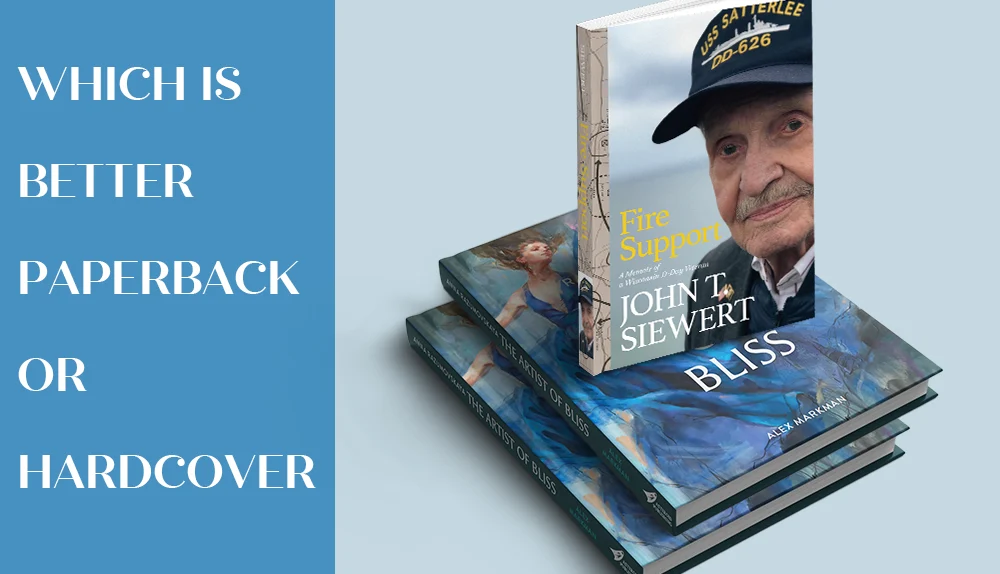
When planning to print a book, one of the first choices you’ll face is whether to make it a paperback or a hardcover. Each binding type offers different advantages in terms of cost, durability, weight, and overall presentation. Understanding how paperback and hardcover books are made will help you decide which format best fits your design, budget, and readers.
Quick Comparison
| Feature | Paperback (Softcover / Softback) | Hardcover (Hardback / Casebound) |
|---|---|---|
| Cover Material | Flexible thick paper cover, usually laminated | Rigid board cover wrapped with paper, cloth, or leatherette |
| Binding Method | Perfect binding — pages glued to the spine | Case binding — pages sewn or stitched and attached to a hard case |
| Durability | Moderately durable; suitable for everyday use | Highly durable; resists wear and lasts longer |
| Weight | Lighter and easier to carry | Heavier due to board covers and additional materials |
| Printing Cost | Lower production cost; ideal for larger print runs | Higher cost due to materials and assembly |
| Production Time | Shorter turnaround time | Longer production time because of binding process |
| Appearance and Perceived Value | Simple, practical, and widely used | Premium, elegant, and collectible feel |
| Common Uses | Novels, catalogs, manuals, workbooks | Art books, photography books, gift editions, textbooks |
Paperback and Hardcover Books: Basic Concepts
Both paperback and hardcover books refer to the physical binding and cover structure rather than the content inside. They contain the same printed pages, but the materials, construction, and overall feel differ significantly.
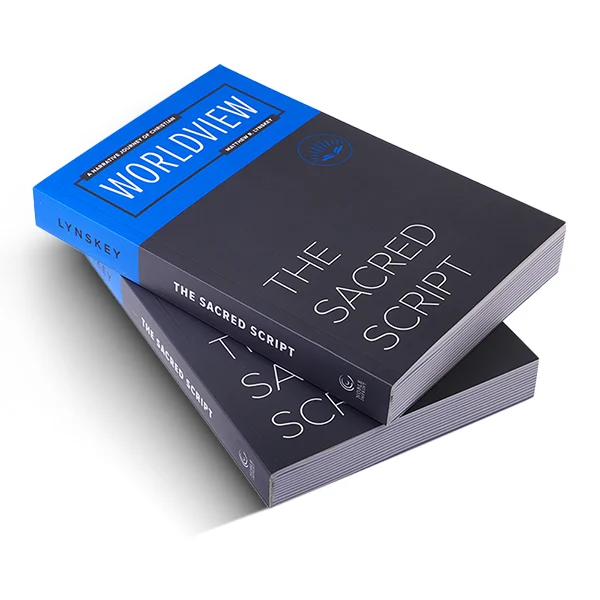
Paperback books — also known as softcover or softback books — use a flexible paper cover made from thick coated stock. The interior pages are glued along the spine using perfect binding, the most common method for commercial books. Paperback covers are often finished with matte or gloss lamination for added durability and a professional look. They are lightweight, affordable, and portable, making them ideal for novels, catalogs, manuals, and other everyday publications.

Hardcover books — sometimes called hardback books or casebound books — feature a rigid cover made of heavy board wrapped with printed paper, cloth, or leatherette. Inside, the text block is typically sewn or stitched, then glued into the hard case for strength and longevity. Hardcover books may include endpapers, dust jackets, or ribbon bookmarks, offering a more premium presentation.
In different regions, these terms can vary slightly: “paperback” is more common in the United States, while “softback” and “hardback” are often used in the United Kingdom. Regardless of the terminology, they describe the same two main book formats used worldwide.
While both can produce beautiful, professional results, they differ in durability, cost, weight, and perceived value.
Differences Between Paperback and Hardcover Book
While both paperback and hardcover books can look beautiful and professional, they differ significantly in how they are made, how they feel, and how they are used. Understanding these differences will help you choose the right format for your project.
1. Binding and Structure
The main difference between paperback and hardcover books lies in the binding method.
Paperback books use perfect binding, where the pages are glued directly to a flexible cover. This process is fast and economical, ideal for high-volume printing.


Hardcover books use case binding, where pages are first sewn or stitched into a text block, then attached to rigid covers made from thick cardboard. This structure makes them stronger and longer-lasting, especially for books meant to be handled frequently.
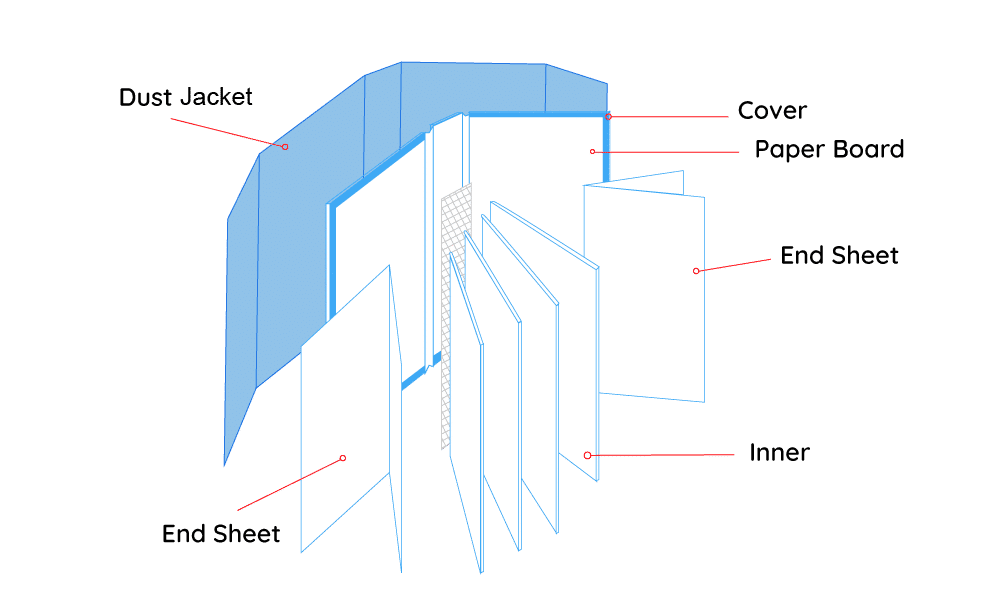
2. Durability and Longevity
Because of their construction, hardcovers are far more durable. They resist bending, tearing, and spine cracking. They’re perfect for libraries, collectors, and long-term keepsakes.
Paperbacks, while more affordable, are less resistant to wear and moisture. Their covers can crease over time, but they remain an excellent option for books meant to be lightweight or disposable, such as novels or instructional guides.
3. Cost and Production Time
From a printing standpoint, paperbacks are faster and cheaper to produce. They use fewer materials and require less manual assembly.
Hardcovers, however, involve multiple steps — such as sewing, casing, and sometimes adding dust jackets or ribbons — which increases both cost and turnaround time. This makes them more suitable for high-end or limited-edition publications.
To see a detailed cost comparison between paperback and hardcover printing — including common book sizes and binding options — visit our full pricing guide Hardcover vs Paperback Printing Costs.
4. Weight and Portability
Paperbacks are lighter and easier to carry, which makes them ideal for everyday reading or travel.
Hardcovers are heavier due to their rigid board covers and endpapers. While they feel more substantial in the hand, they also increase shipping weight — an important consideration for bulk orders.
5. Visual Appeal and Perceived Value
Readers often associate hardcovers with quality and prestige. Their thickness, tactile finish, and professional presentation make them a popular choice for art books and gift editions.
Paperbacks, though simpler, can still look professional and high-quality when printed with lamination and vivid colors. They’re practical, modern, and well-suited for wide distribution.
6. Typical Applications
In publishing, the format choice often depends on purpose:
- Paperbacks: Novels, training manuals, catalogs, instruction guides.
- Hardcovers: Photo books, art portfolios, coffee table books, children’s picture books, and collector’s editions.
In short:
- Choose paperback for cost-effective, portable, and fast-turnaround printing.
- Choose hardcover for premium presentation, durability, and long-lasting value.
Both formats can achieve excellent print quality — it’s the purpose and audience that determine which is better for your book.
How to Choose Between Paperback and Hardcover
Deciding between paperback and hardcover depends on your book’s purpose, audience, and desired presentation. Both can look beautiful when printed professionally, but each serves a different goal.
Below are some key points to help you make the best choice for your project.
Choose Paperback If...
- You need a cost-effective option.
Paperback books are less expensive to print and ship. They’re ideal for authors or businesses planning large print runs or offering books at an accessible retail price. - Your book will be used frequently or distributed widely.
Because paperbacks are lightweight and portable, they’re perfect for novels, catalogs, training manuals, or promotional materials. - You want faster production and lower shipping costs.
Paperbacks require fewer steps to produce and weigh less, making them easier and cheaper to deliver in bulk. - You’re testing the market.
For first-time authors or small publishers, printing in paperback allows you to publish affordably before investing in a hardcover edition.
Choose Hardcover If...
- You want a premium, long-lasting product.
Hardcovers are more durable and create a sense of value. They’re perfect for coffee table books, gift editions, or collector’s items. - Presentation and aesthetics matter.
With features like dust jackets, cloth covers, and foil stamping, hardcover books look sophisticated and professional—ideal for portfolios, art books, or photo collections. - You want to create a keepsake or high-end edition.
Hardcovers are excellent for limited runs, art projects, and commemorative publications where lasting quality is important. - Your readers expect a sturdy, high-value product.
Textbooks, children’s picture books, and high-priced retail editions are often produced in hardcover to meet those expectations.
If you’d like to learn more about how hardcover books are made and the materials used for their covers, you can read our detailed guide What Is a Hardcover Book? And How to Choose the Right Materials.
A Balanced Strategy
Many publishers choose to offer both paperback and hardcover versions of the same title: a hardcover edition first to attract collectors and libraries, and a paperback edition later for affordable mass distribution. This approach maximizes reach and revenue while giving readers options that suit their preferences.
Pro Tip:
At QinPrinting, we can produce both softcover and hardcover books with a wide variety of finishes — from matte and gloss lamination to cloth and dust jackets. If you’re unsure which is right for your project, our team can send you paper and binding samples to help you decide with confidence.
Final Thoughts: Paperback vs Hardcover — Which Is Better?
There’s no single answer to which is better, paperback or hardcover. Each format serves a different purpose and audience. Paperbacks are light, affordable, and practical — perfect for novels, catalogs, or instructional materials that need to be distributed widely. Hardcovers, on the other hand, are sturdy, elegant, and long-lasting — ideal for art books, photo collections, or high-end editions that need to make an impression.
From a printer’s perspective, both can achieve excellent quality when designed and produced correctly. The right choice depends on what you want your readers to feel when they hold your book. Do you want something easy to carry and accessible? Choose paperback. Do you want something that feels substantial and permanent? Choose hardcover.
Many successful publishers release both formats: hardcover first to build prestige, then paperback for broader distribution. It’s not about which one is better in general, but which one best fits your project’s purpose, design, and budget.
At QinPrinting, we specialize in high-quality book printing in both hardcover and paperback formats. Our team can guide you through paper options, cover finishes, and binding styles — or send you free samples so you can see and feel the difference yourself before printing.

